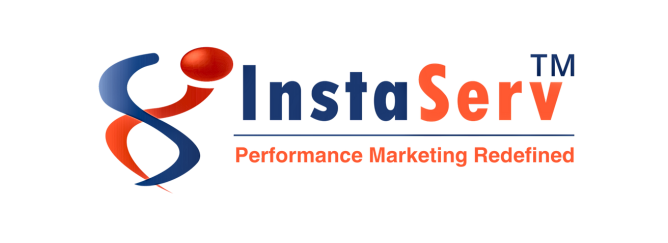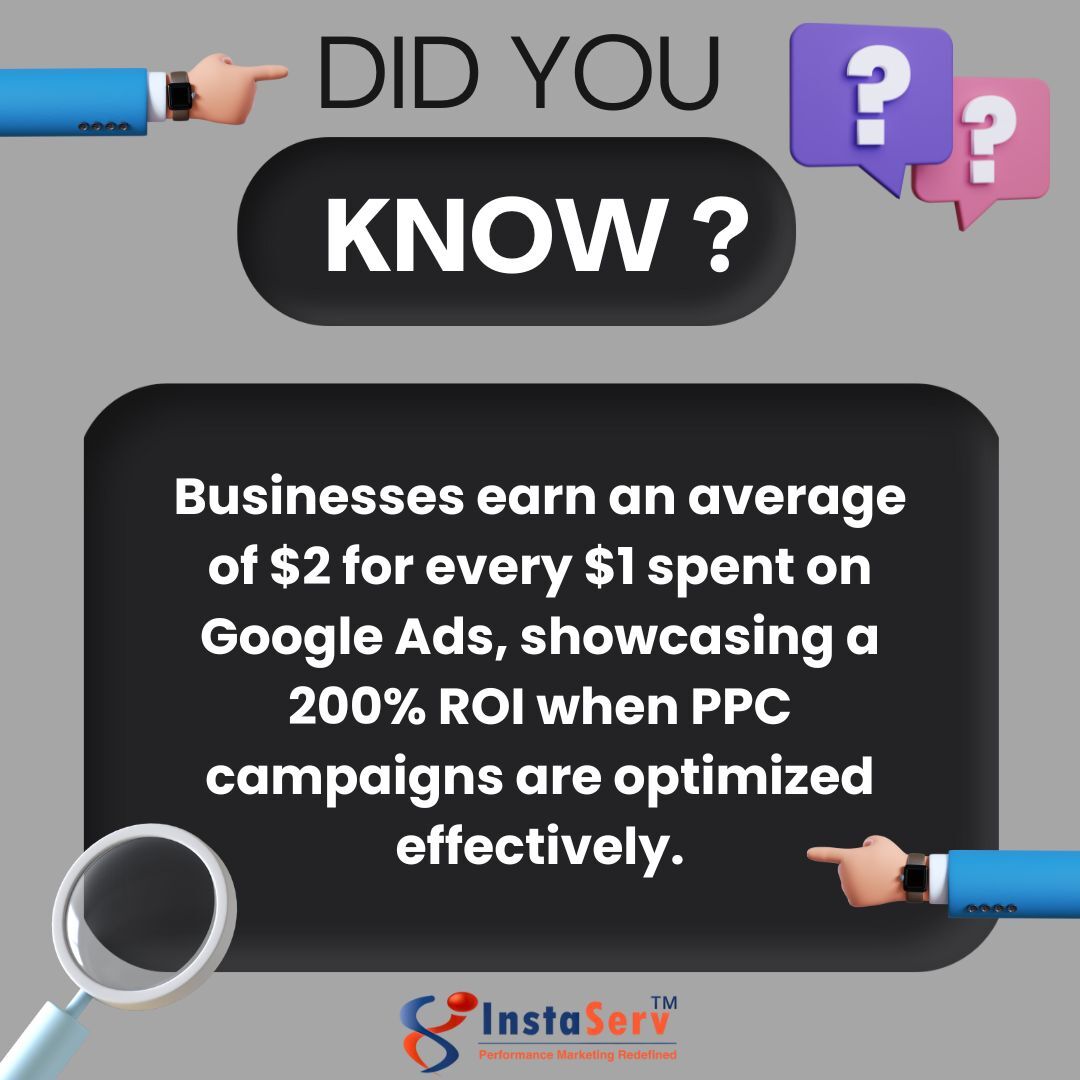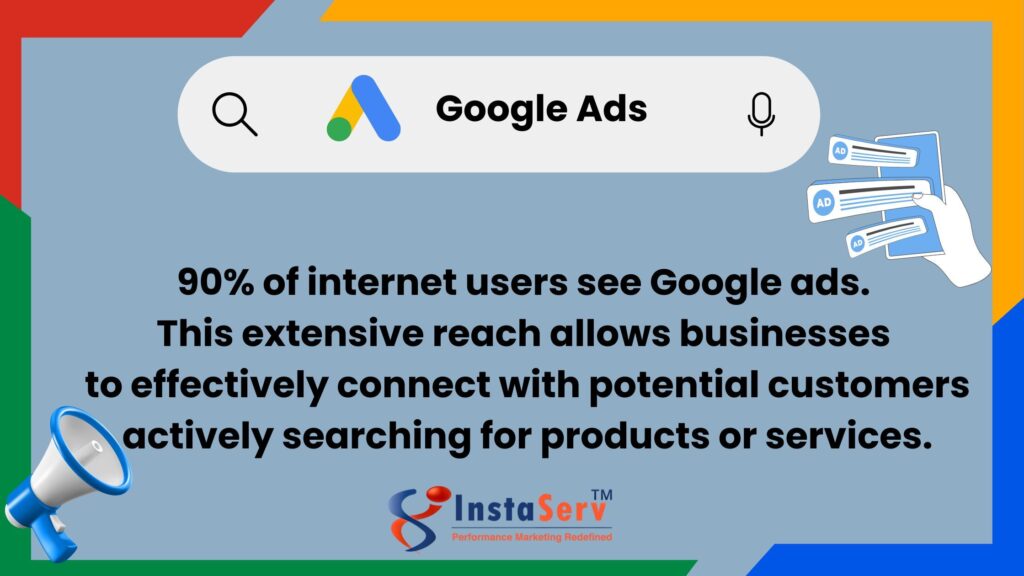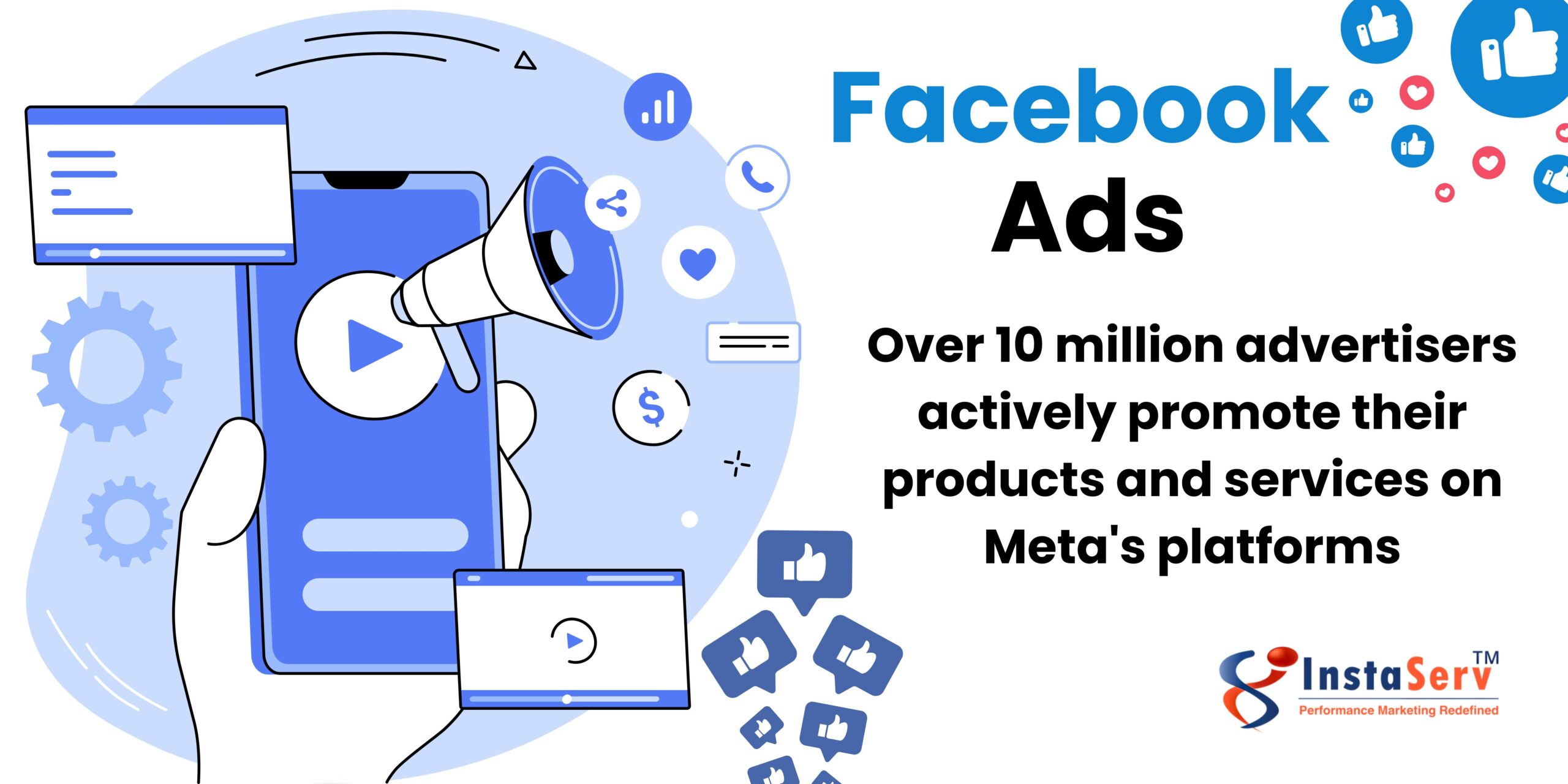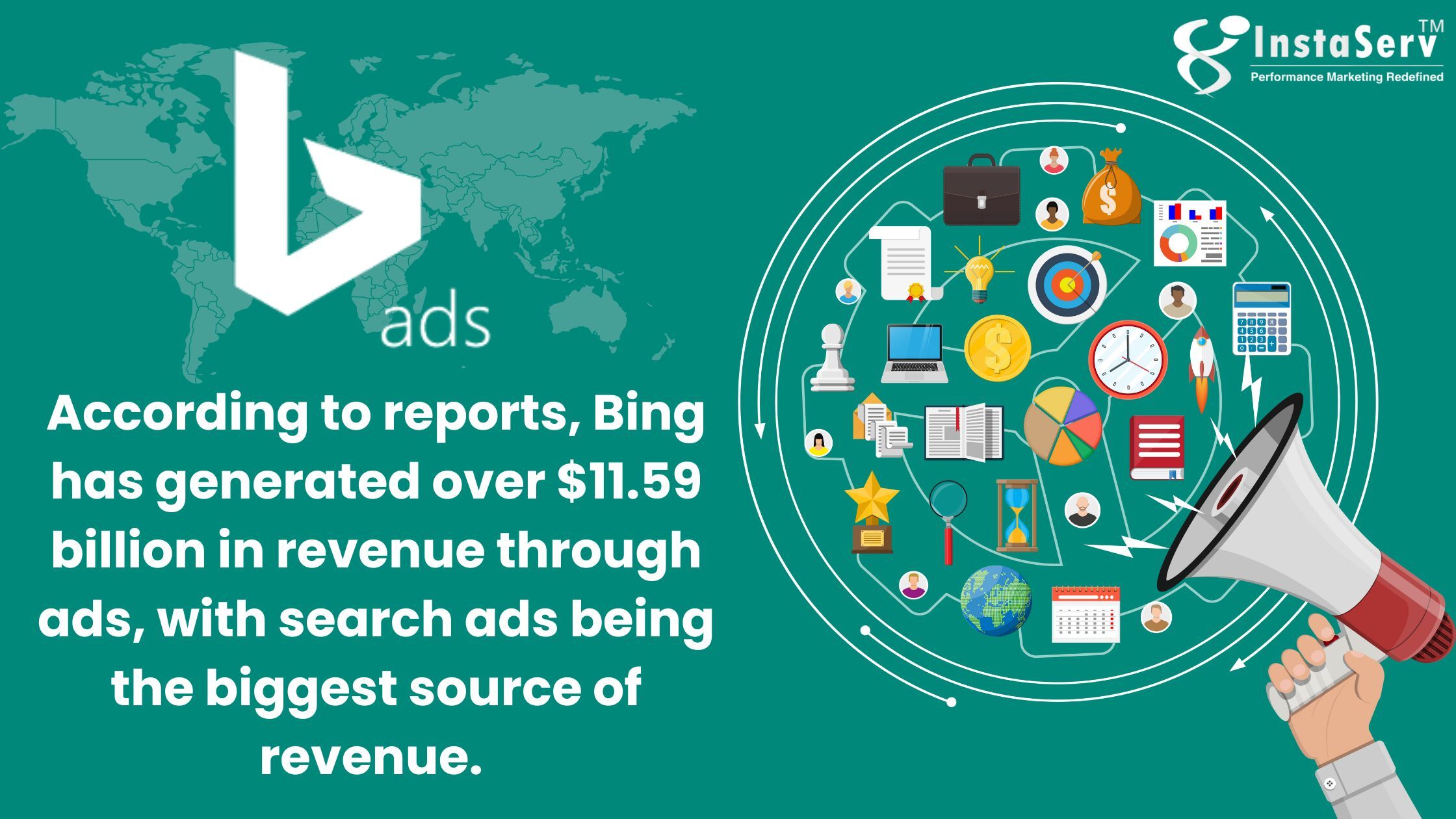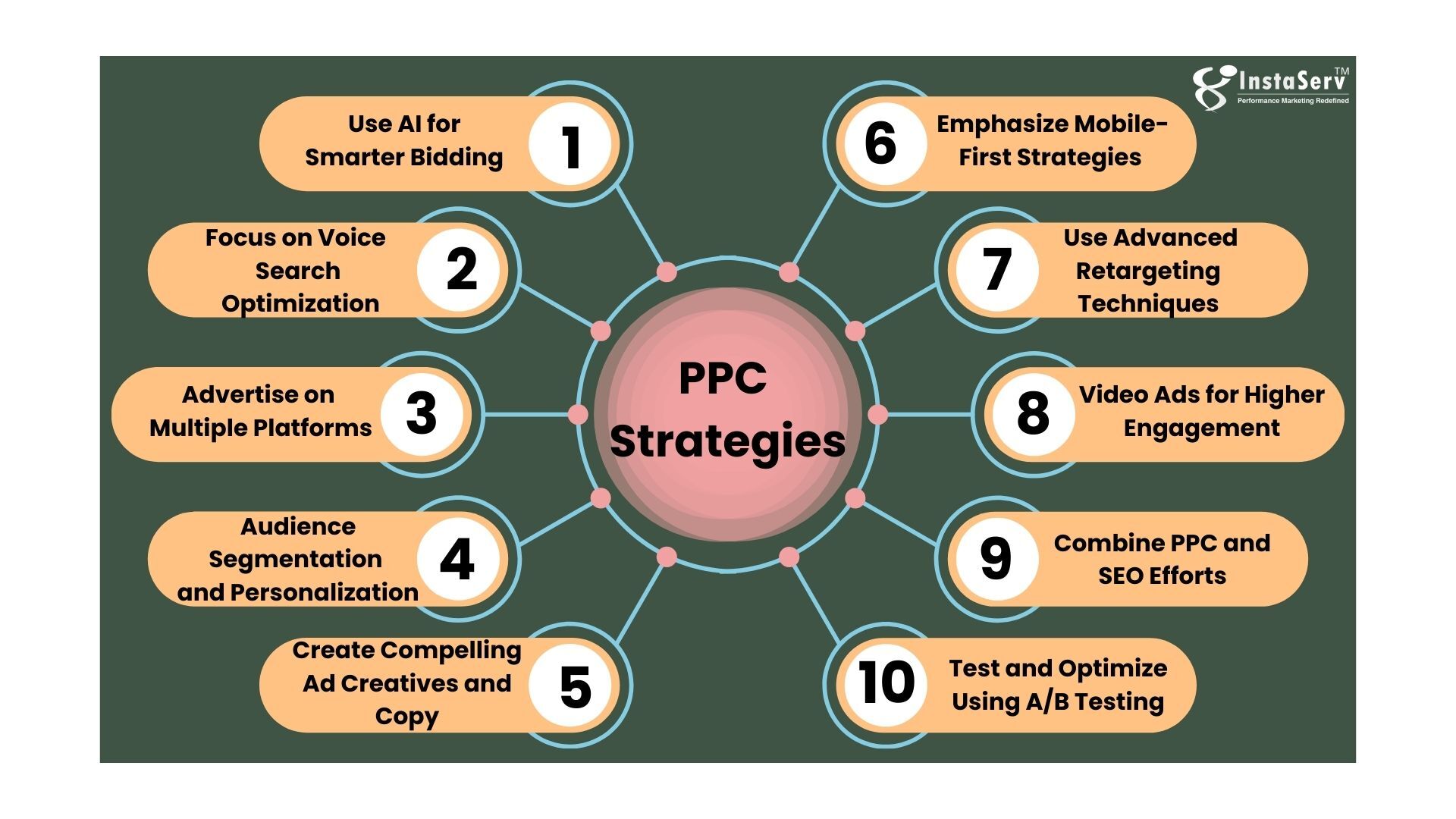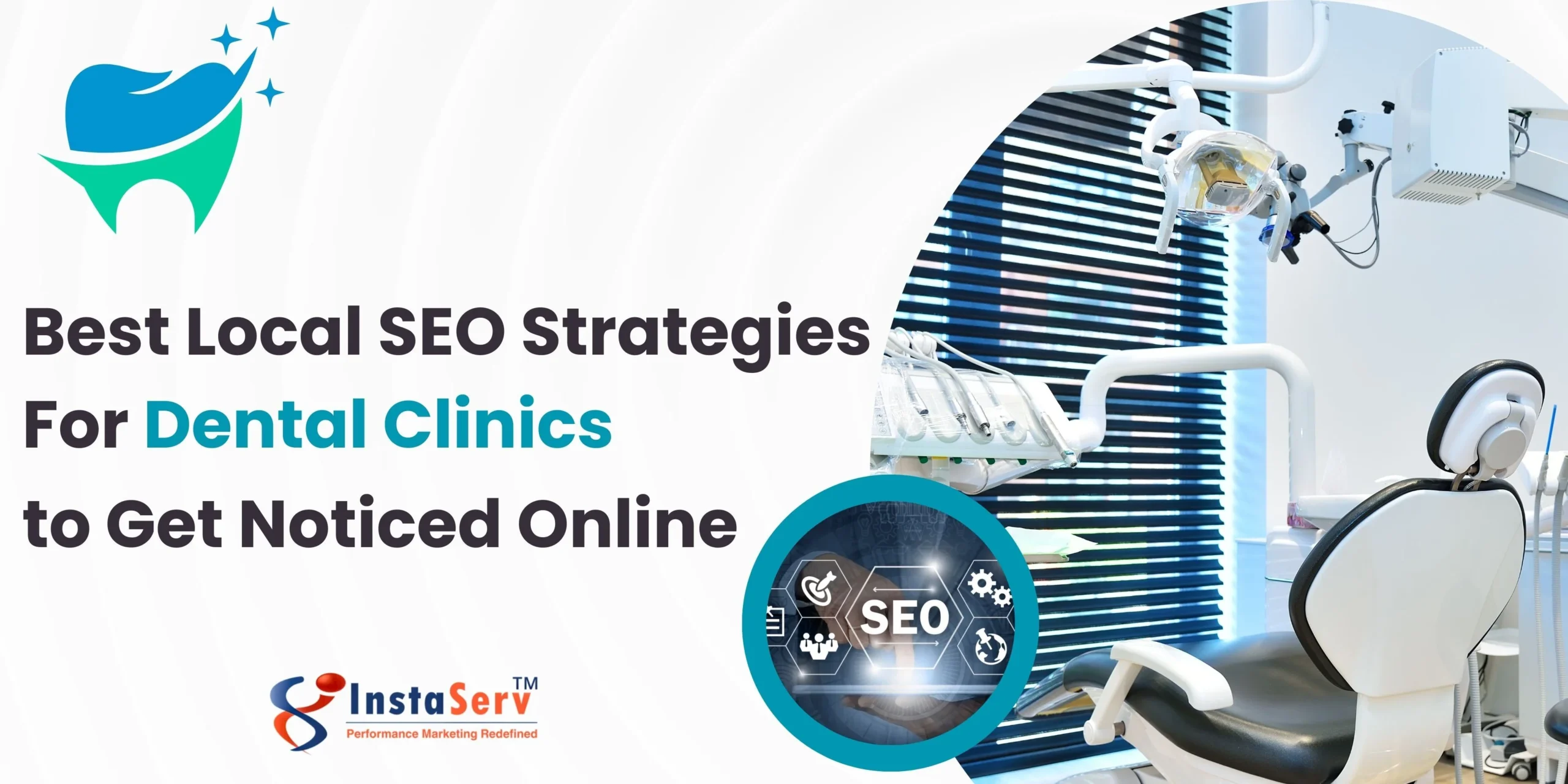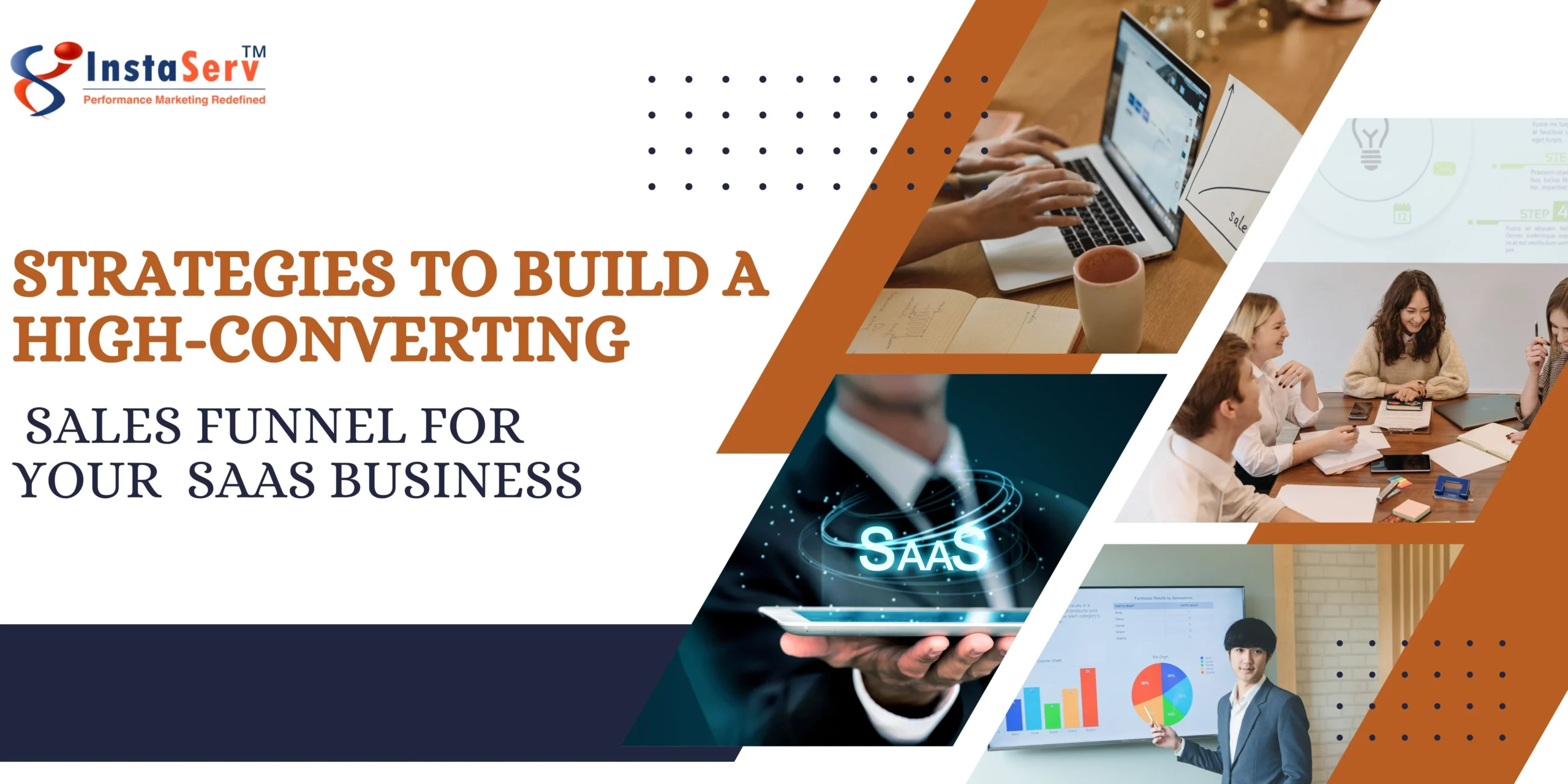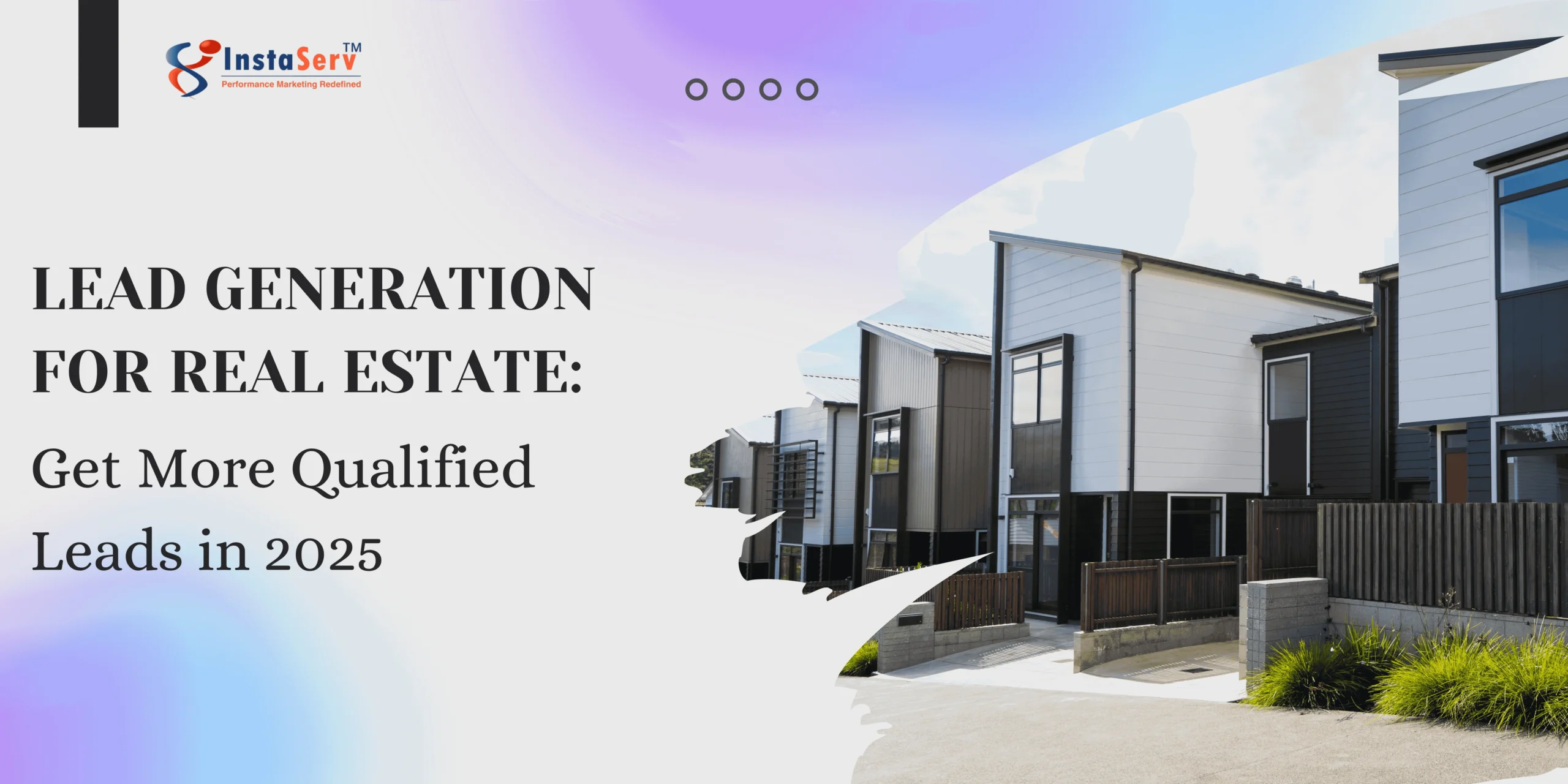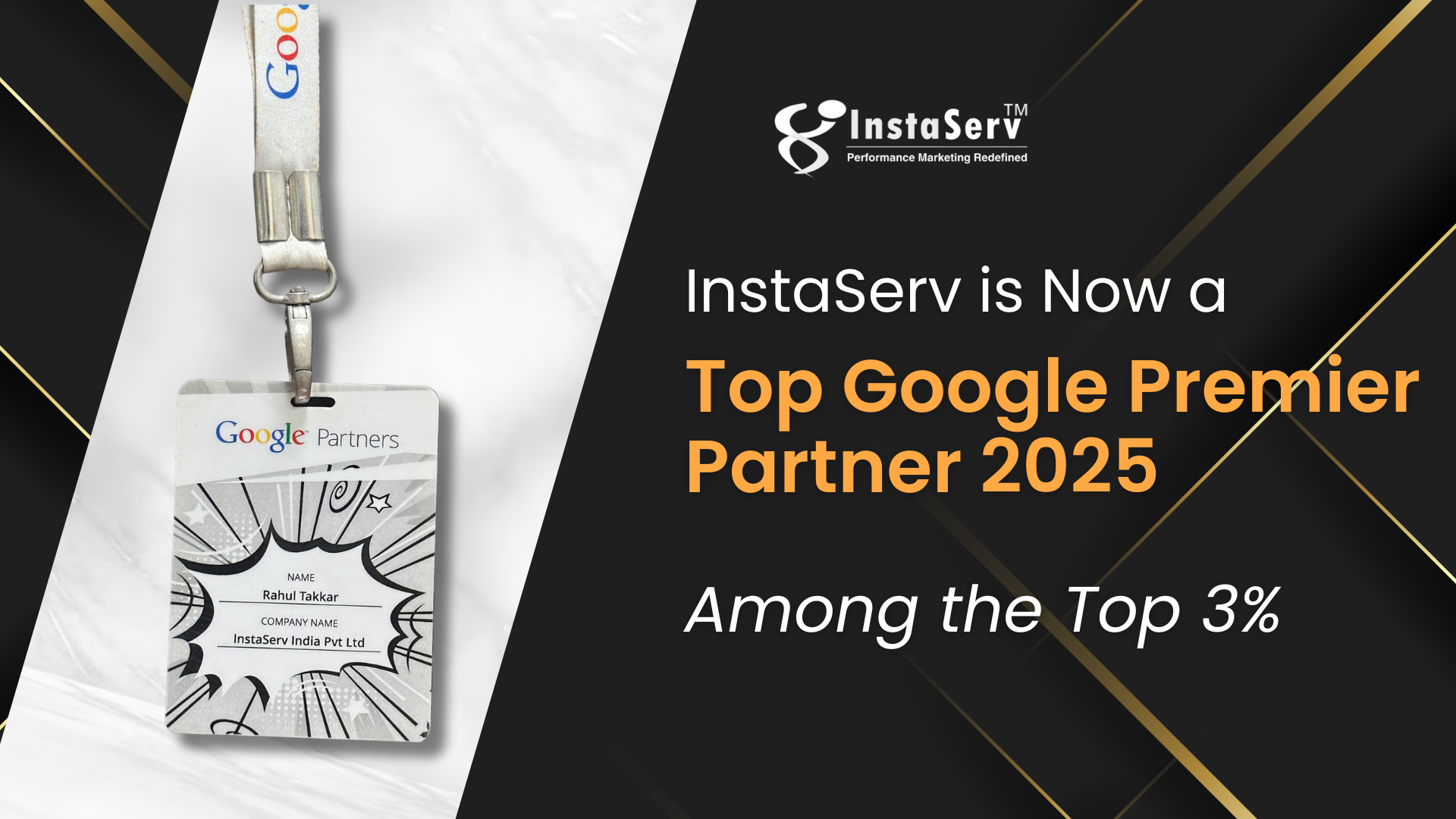Edit Content

Home
Services
Paid Media
Industry Specialization
Data & Performance Analytics
Website Development
SEO
Email Marketing
White Label
Edit Content

Home
Services
Paid Media
Industry Specialization
Data & Performance Analytics
Website Development
SEO
Email Marketing
White Label
Edit Content

Home
Services
Paid Media
Industry Specialization
Data & Performance Analytics
Website Development
